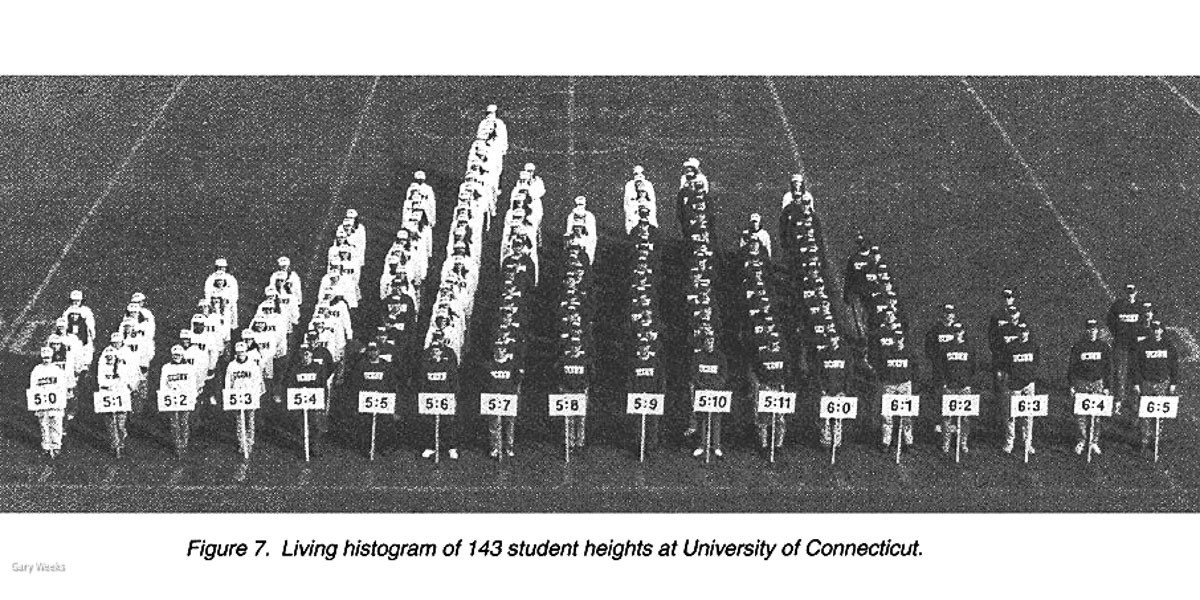How We Design a Chair
Mies Van Der RoheA chair is a difficult object. A skyscraper is almost easier.
Sketch and Fitting Booth
We begin with a concept and a sketch.
We build a fitting booth with adjustable components to determine the contour and placement of the parts.

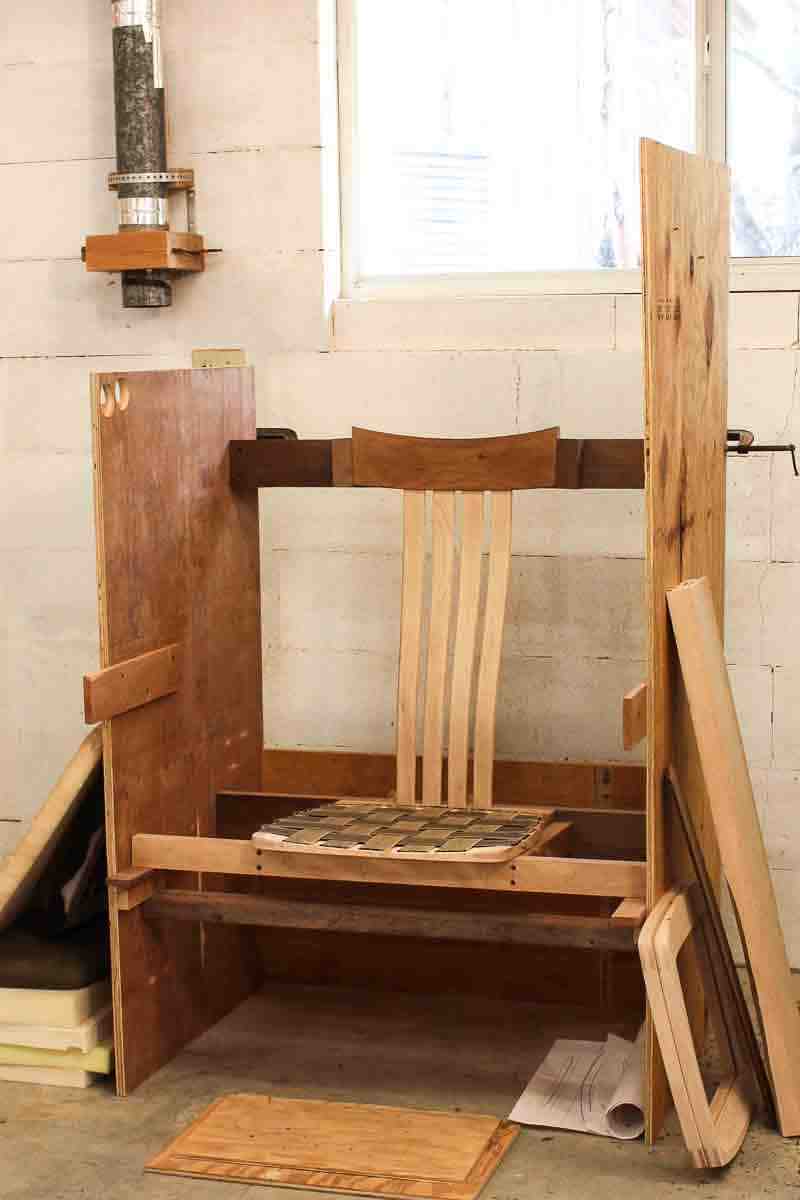
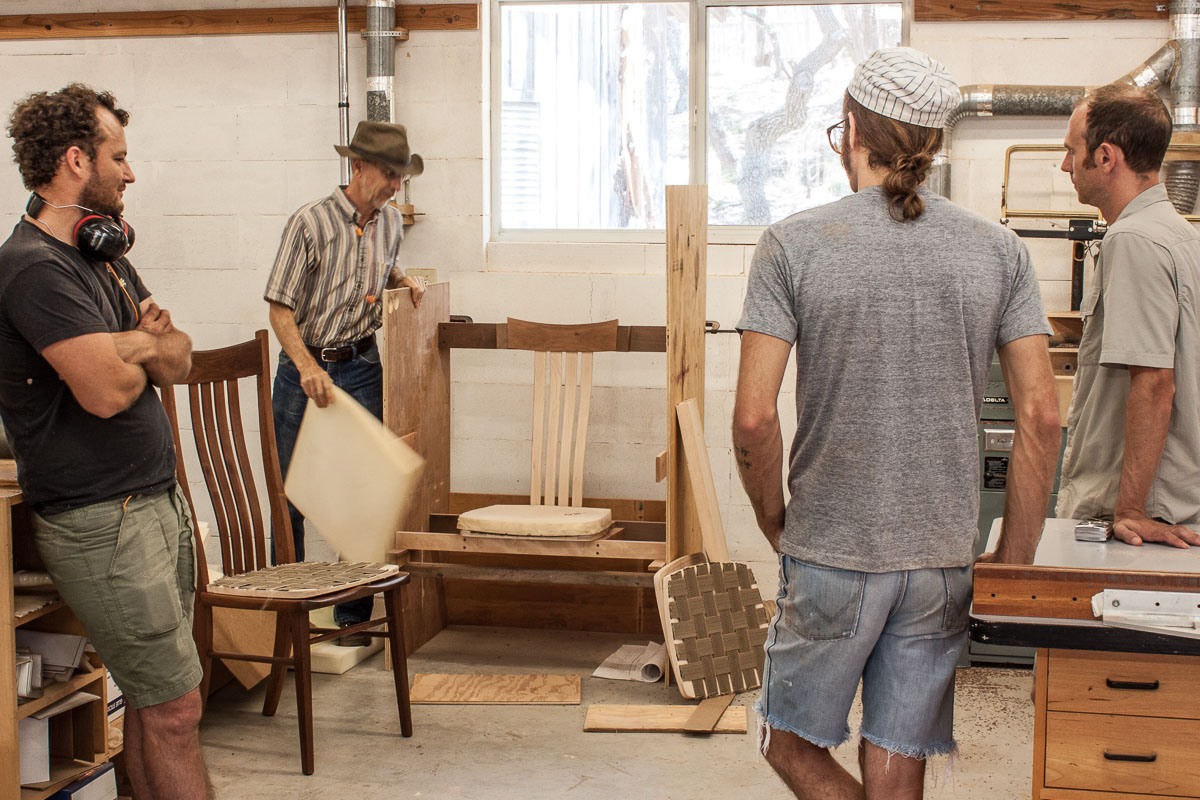
Finding Points and Planes
We ask many people to sit and comment, adjusting the components to each individual's desired location and contour, recording that set of points.
For a dining chair or bar stool, we design for alert attention and good posture; for a rocking chair, we design for contemplation, relaxation, nurture, and repose.
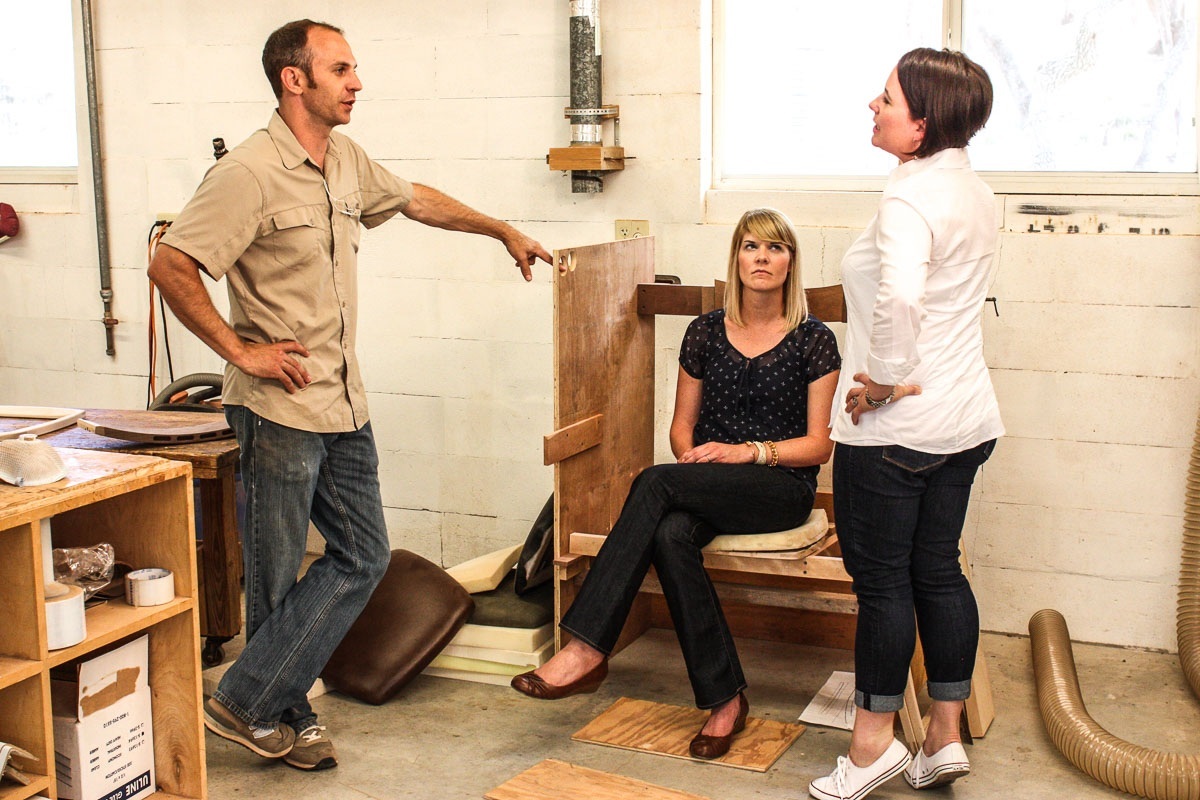
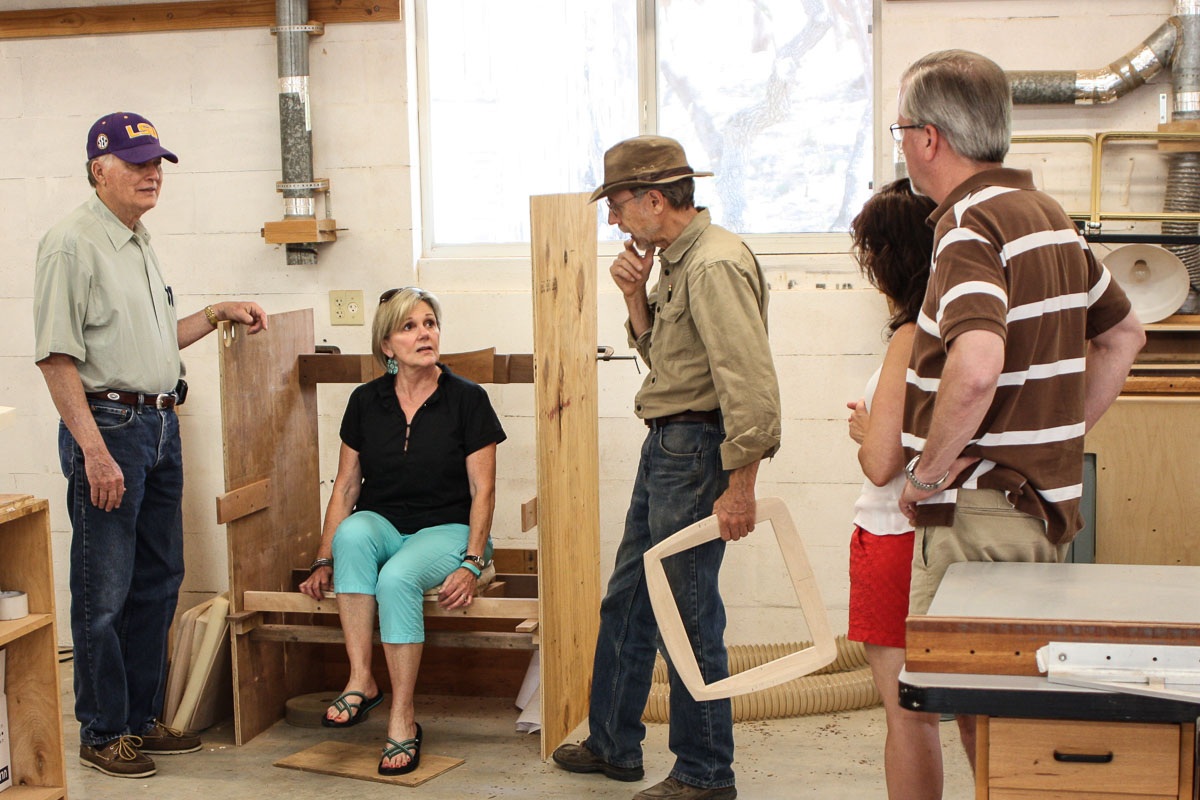
The Drawing Board
We take the sets of points determined by the testing in the booth to the drawing board, lay them out in three views (overhead, side, and front), and describe curves that follow the means suggested by the points. We refine the lines and forms revealed into their essence and into a chair.
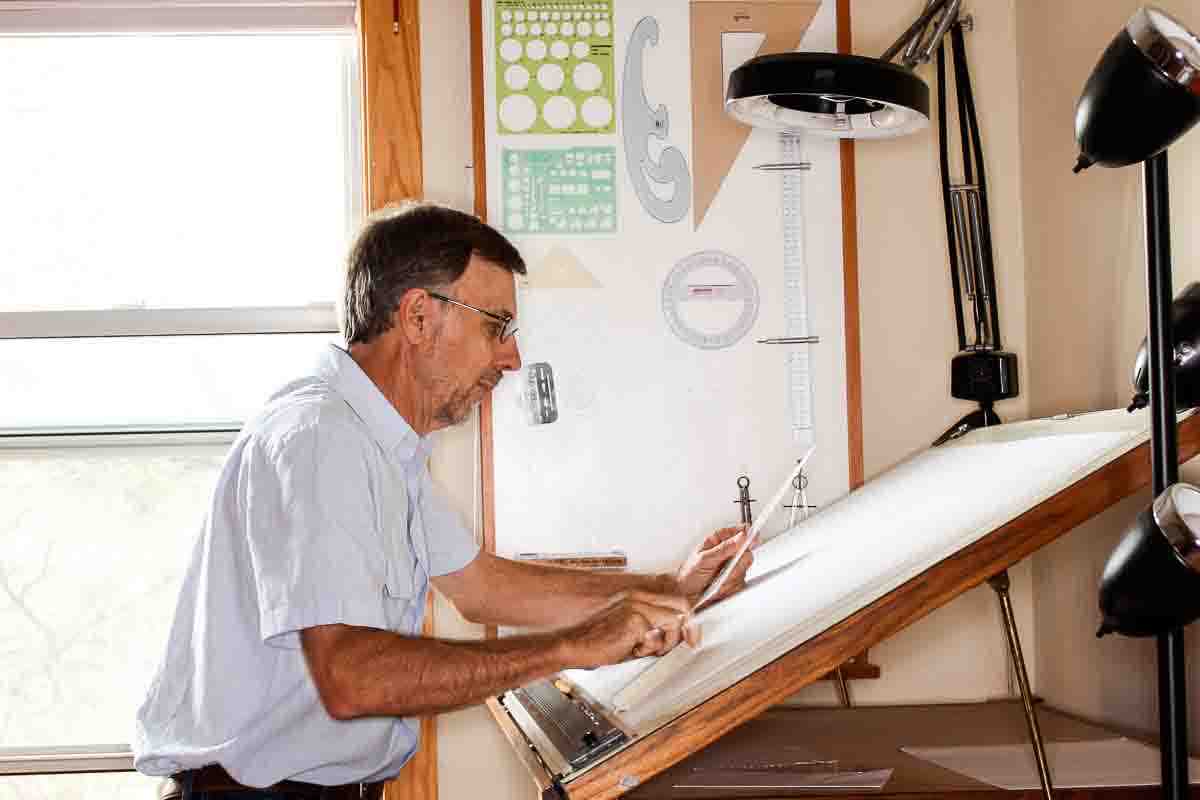
Prototype
We build a prototype from the drawing for further testing and refining. More people sit; their comments direct minor changes to contour. Joinery is designed to ensure longevity.
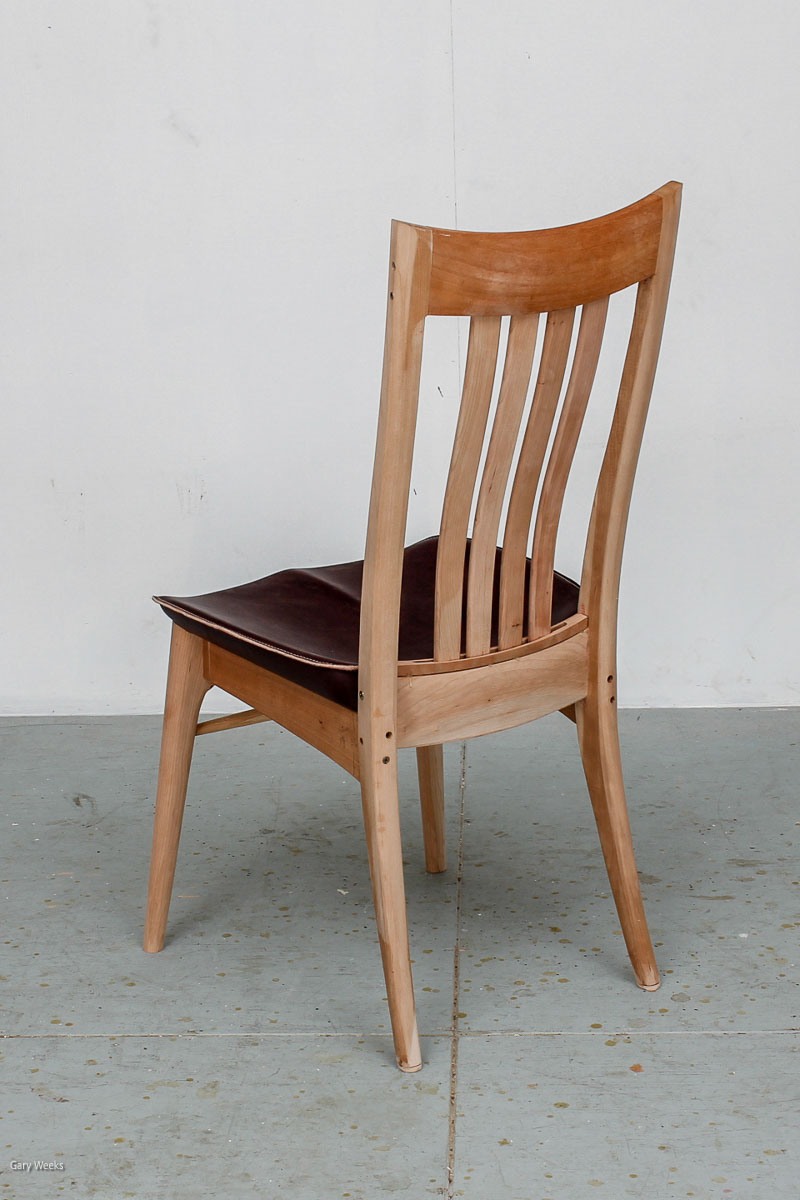
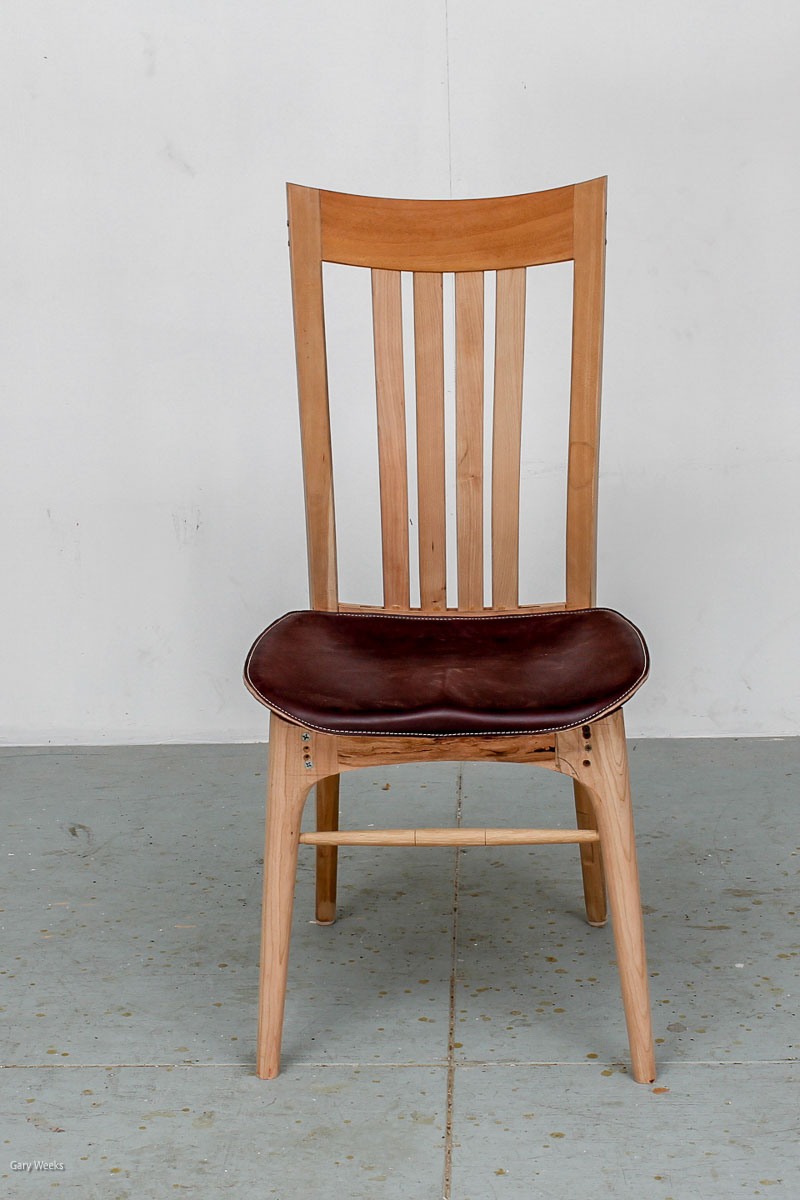
The Standard for Production
Not every notion makes it to production. But every chair in production has delivered near unanimous praise as "perfect" from people of various size and shape.
How can this be?
An orthopedic surgeon came to the shop to pick up his rocking chair. When I told him that short people and tall people would both say the chair fit, especially mentioning the lumbar support, he said, "Well, we are all about the same height from the coccyx to the top lumbar vertebra."
The Bell Curve of Heights
The photo below appeared in an article in the American Statistician (August, 2002. Volume 56, Number 3). The students were arranged by height. I found this article after making chairs for a decade and listening to the comments of amazed sitters. It was an epiphany. We lose a few people at the extremes and a random few in the middle of this bell curve. But a very large percentage of people will find comfort in a mean and will exclaim, "Perfect."
